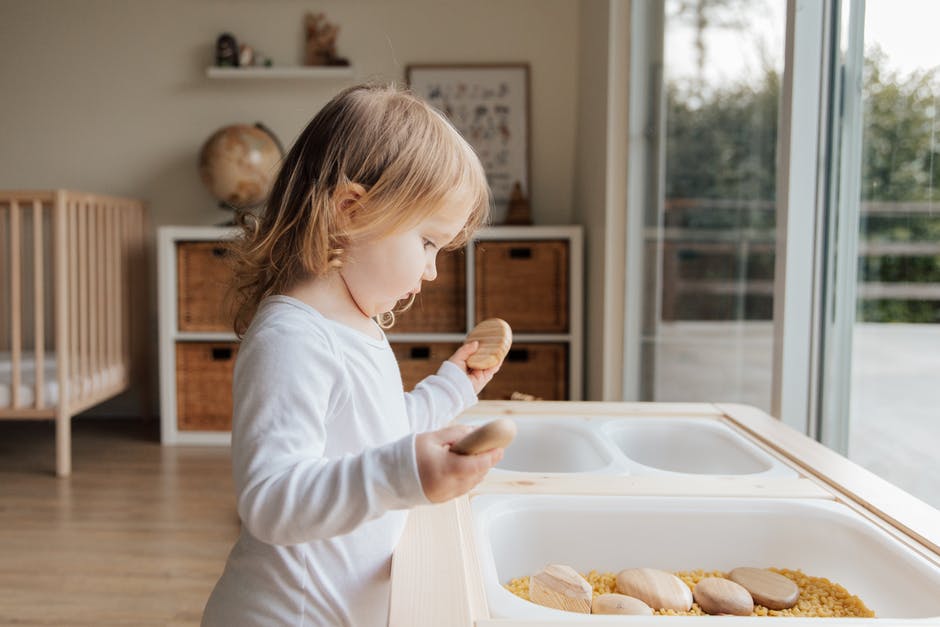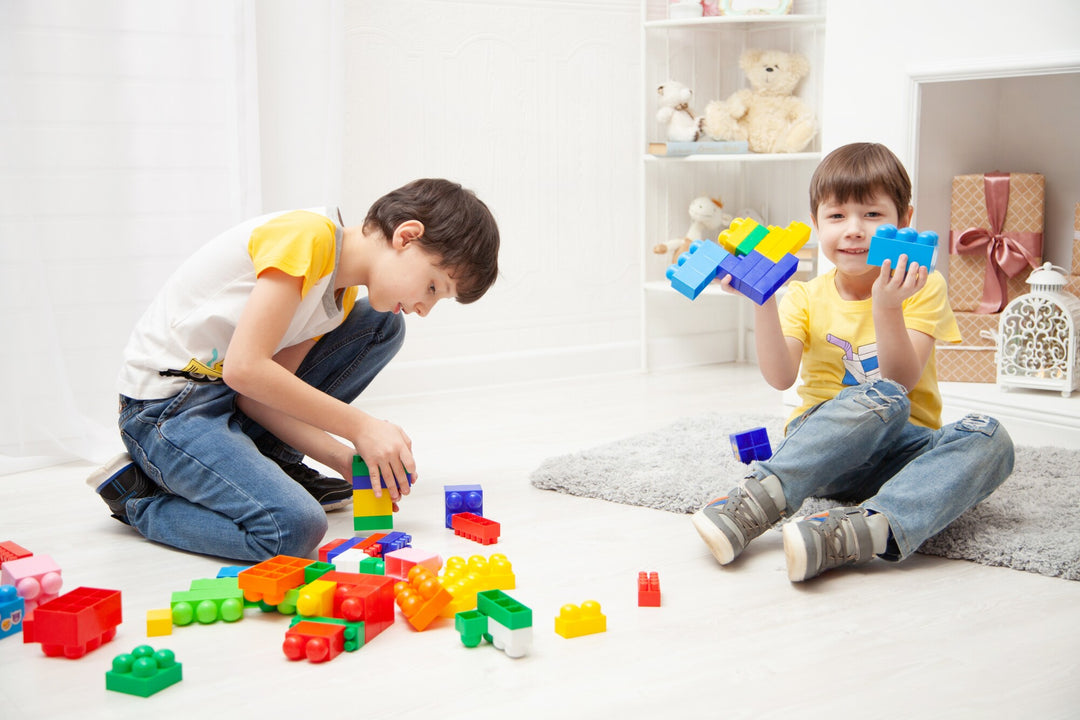How Sensory Classrooms Support Learning for All Students

Creating sensory-friendly classrooms is an effective strategy for enhancing learning experiences for all students, particularly in early childhood and primary education settings. By integrating sensory elements into the classroom environment, educators can improve focus, behaviour, and academic outcomes. This approach aligns with contemporary educational methodologies that emphasise inclusivity and differentiated instruction.
Understanding Sensory Processing in Education
Sensory processing refers to how individuals perceive, interpret, and respond to sensory information from their environment. In a classroom setting, students are exposed to various sensory inputs, including visual stimuli, auditory sounds, tactile sensations, and more. While some students navigate these inputs seamlessly, others may experience challenges that affect their ability to concentrate and learn effectively.
Research indicates that sensory processing difficulties can impact emotional, behavioural, and educational outcomes. For instance, children who have difficulty processing verbal instructions in noisy environments and who often focus on sensory-seeking behaviours appear more likely to underachieve academically.
Benefits of Sensory-Friendly Classrooms
Incorporating sensory-friendly elements into the classroom offers several benefits:

- Enhanced Focus and Attention: By reducing sensory overload and providing appropriate sensory input, students can maintain better concentration during lessons.
- Improved Behaviour: Sensory tools and activities can help students self-regulate, leading to decreased disruptive behaviours and a more harmonious classroom environment.
- Academic Achievement: When sensory needs are met, students are more engaged and capable of absorbing and retaining information, positively influencing academic performance.
Implementing Sensory Elements in the Classroom
Educators can adopt various strategies to create a sensory-friendly classroom:
- Flexible Seating Options: Providing alternative seating arrangements, such as stability balls or cushioned seats, allows students to choose seating that meets their sensory preferences.
- Sensory Breaks: Incorporating short, structured breaks with sensory activities helps students reset and refocus. Activities like stretching, deep breathing, or using fidget tools can be beneficial.
- Calm Corners: Designating a quiet area equipped with calming sensory tools offers students a space to retreat when feeling overwhelmed.
- Visual Supports: Utilising visual schedules, timers, and cues can assist students in understanding routines and expectations, reducing anxiety and enhancing focus.
Sensory Toys and Aids to Enhance Learning
Integrating sensory toys and aids into the classroom can significantly support students' sensory needs. Here are some examples:

- Fidget Tools: Items like stress balls, fidget spinners, or textured objects provide tactile stimulation, aiding concentration and reducing restlessness.
- Weighted Products: Weighted lap pads or blankets offer deep pressure input, which can have a calming effect and aid in concentration.
- Chewable Aids: For students requiring oral sensory input, chewable necklaces or pencil toppers provide a safe and discreet option.
- Sensory Balls: Textured balls can be used for tactile feedback and can be incorporated into various activities to stimulate the senses.
- Visual Timers: Timers with visual displays help students understand the passage of time, aiding in time management and focus.
Learn More About How Fidget Toys and Aids Can Enhance Concentration
Examples of Sensory Products from Sensory Assist
Sensory Assist offers a range of products designed to support sensory-friendly classrooms:

- Weighted Lap Pad: This product provides deep pressure input, promoting calmness and focus during seated activities.
- Chewable Pencil Toppers: These toppers offer oral sensory input, assisting students who seek oral stimulation to self-regulate.
- Sensory Balls: Textured balls available in various sizes and textures can be used for tactile exploration and stress relief.
- Time Timer MOD: A visual timer that helps students manage time effectively, reducing anxiety related to transitions and time constraints.
Sensory Friendly Teaching Strategies
Creating sensory-friendly classrooms is a proactive approach to addressing the diverse sensory needs of students. By incorporating sensory elements and utilising appropriate sensory toys and aids, educators can foster an inclusive environment that enhances focus, behaviour, and academic outcomes. This strategy not only supports students with sensory processing challenges but also benefits the entire classroom community by promoting a more engaging and supportive learning atmosphere.
Here at Sensory Assist we believe that all children deserve the best chance at an education suited to their unique ways of learning. Our range includes tools and aids designed to support the diverse sensory needs of students, assisting educators in creating optimal learning environments.













